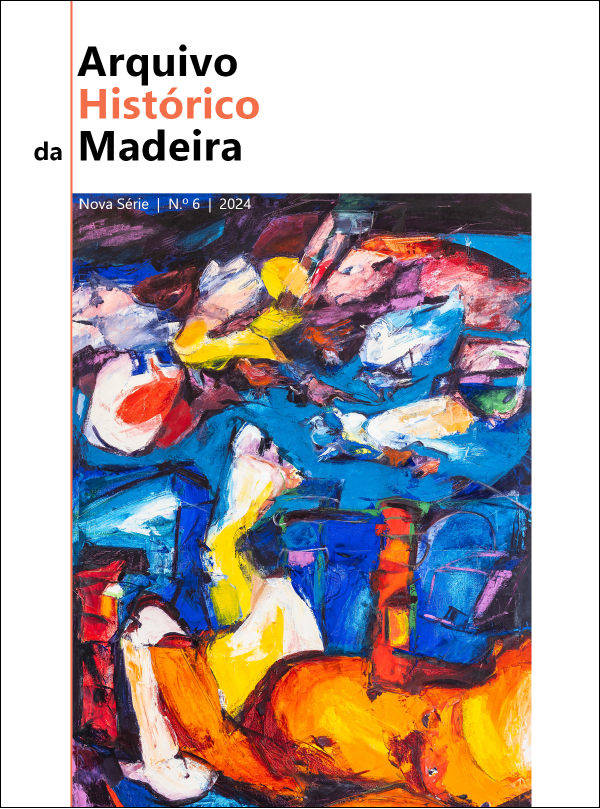Aspects of Daily Life in 17th and 18th Centuries Tabua Parish: Captain Diogo Afonso de Aguiar’s “Morgadio” as an Economic and Family Power Unit
Abstract
In the 17th century, Tabua was a small population center that settled on the narrow banks and slopes of the stream that crosses it. Life flowed according to the weather, weather conditions, floods, which in winter brought the town to a standstill.
It was, then, a microcosm where rich and poor intertwined in relationships of dependency centered on the land. For the more affluent, life was unencumbered. Wine production, cattle raising and fishing was the economic foundations of their homes. For others, everyday life was subsistence.
Today, the chapel of Nossa Senhora da Conceição, built on the right bank of the stream, symbolizes part of that history. Little remains of the old heritage, but it still houses the tombstone of the founder Captain Diogo Afonso de Aguiar and his wife, Maria de Ornelas Florença.
The aim, with this case study, is to understand the population’s settling in a small rural area, their social groups, how they lived and complemented each other, to understand land ownership, by the relationships it motivated, as a support for those who work or own it.
Knowing the specificities of Captain Diogo Afonso de Aguiar’s estate, its management over time as an economic unit, and the strategies implemented to maintain the family’s power, as well as its contradictions, are other objectives that we propose.
Keywords
Madeira Island; Tabua; “Morgadios” Entails; Chantries; Heritage.
Downloads
Published
Issue
Section
License
Copyright (c) 2024 Arquivo Histórico da Madeira, Nova Série

This work is licensed under a Creative Commons Attribution-NonCommercial-NoDerivatives 4.0 International License.



